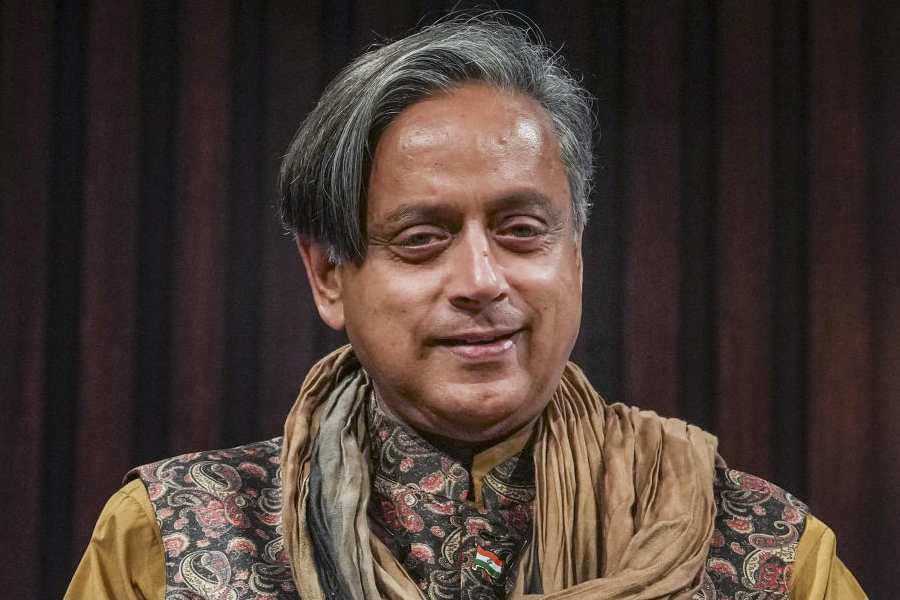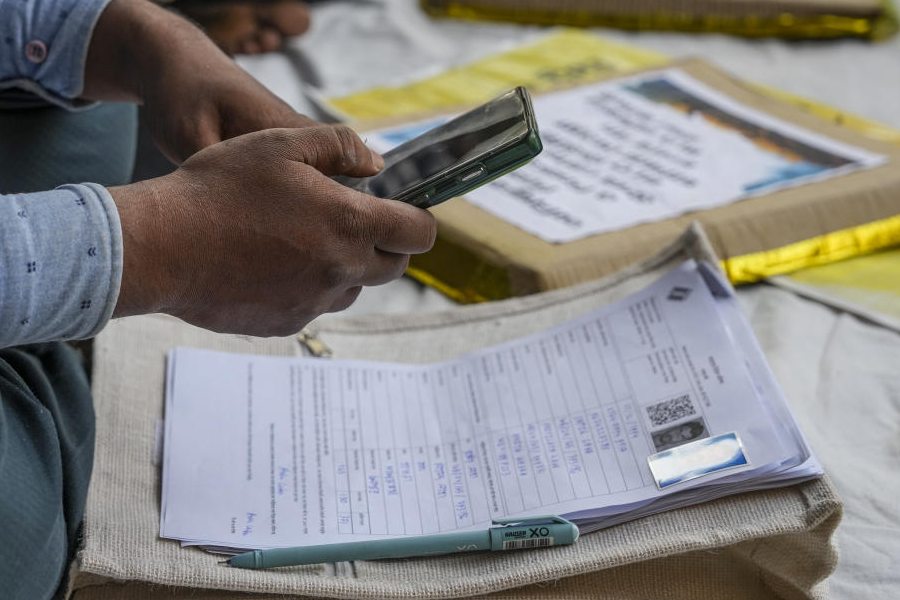India’s tryst with the annihilation of caste remains unfulfilled. It has taken nine years since the suicide of the Dalit scholar, Rohith Vemula, for his mother’s plea to the Supreme Court that higher educational institutions act against caste discrimination to begin bearing fruit. The University Grants Commission has finally notified the UGC (Promotion of Equity in Higher Education Institutions) Regulations, 2025. This is an encouraging step. It is also necessary as recently, an apex court bench was informed that 18 students had committed suicide in Indian Institutes of Technology and Indian Institutes of Management in the past 14 months. Yet, there is concern with the UGC’s stipulations. For instance, there are allegations that the rules dilute or make certain existing provisions vague. Discrimination is defined as “any unfair, differential, or biased treatment or any such act”. The 2012 regulations, on the other hand, had included the words, “limitation or preference”. This is important because casteist preference in HEIs often manifests in the form of anti-reservation sentiments that can affect students’ scores and limit their opportunities. A right to information petition in 2023 showed that in many streams in the University of Hyderabad, candidates from other backward classes, scheduled castes and scheduled tribes were marked much lower than candidates from unreserved categories in interviews. The new regulations also propose to set up Equity Committees under the Equal Opportunity Centres as the first authority to examine complaints of discrimination. While such committees will have 10 members, only two need to be from SC and ST backgrounds — a minority here too — and no stipulation exists for OBCs. Reports show that the existing EOCs are mostly managed by upper-caste persons, discouraging students from marginalised communities from approaching these bodies with their problems. There is also a provision for false complaints attracting fines and possible disciplinary action. However, the draft does not elaborate on what constitutes a false complaint and whether all complaints on which action is not taken will be treated as false. Such ambiguities can leave students from socially disadvantaged backgrounds vulnerable to retribution for voicing their concerns.
Laws to end caste discrimination are important but not enough. They need to be complemented with the creation of an affirmative ambience that encourages greater assimilation among caste groups. But this is difficult to achieve in systems, including educational premises, that endorse fierce competition and eschew empathy. It is this febrile atmosphere of fierce competition that exacerbates existing, deep-rooted prejudices along the lines of caste, leading to despair and death.










